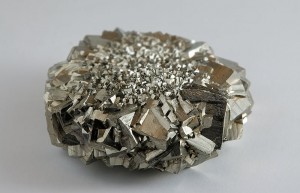![]()
![]()
![]()
![]()
![]()
![]()
![]()
![]()
![]()
jalātaren
This is the word for south-east. It might be derived from –lāj– ‘mountain’. Unlike the other direction words, this one has a slightly irregular paradigm. Most of the direction words vary between a form that ends with –ien and a form that ends in –ie. The nouns, both singular and stative, use the –ien form, as does the sū– form. The rā– and rū– forms use the –ie form. For example, using yesterday’s word:
jahāwien the south-west
sūhāwien at or in the south-west
rāhāwie to the south-west
rūhāwie from the south-west
With today’s word the forms are: jalātaren, sūlātaren, rālātie, rūlātie. I have no idea where that –r– came from, nor where it went.


